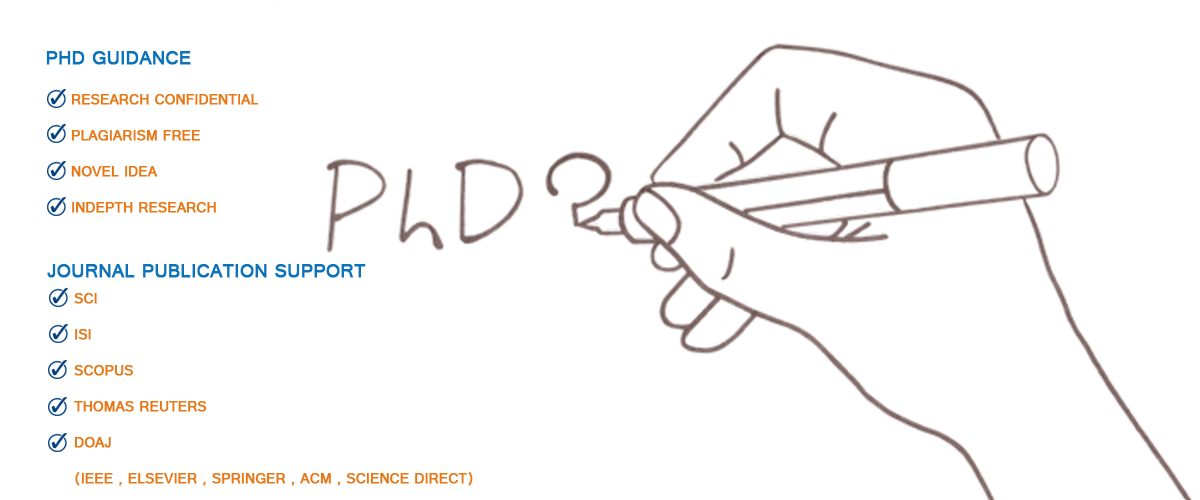A source mobility management scheme in content-centric networking
identifying the one having the sample with the highest amplitude extracted from sample of the DoM the number of EM traces used, sample of associated EM trace and A source mobility management scheme in content-centric networking the selection function returning the value of the targeted bit according to the PTI and the sub-key guess.![]() A source mobility management scheme in content-centric networking According to if the sub-key guess is correct the right and left hand terms of correspond to the averaged traces A source mobility management scheme in content-centric networking characterized by an effective targeted bit value of respectively.
A source mobility management scheme in content-centric networking According to if the sub-key guess is correct the right and left hand terms of correspond to the averaged traces A source mobility management scheme in content-centric networking characterized by an effective targeted bit value of respectively.
Thus, the difference of these terms shows a bounce as illustrated by Contrarily, A source mobility management scheme in content-centric networking if the sub-key guess is wrong, the left and right terms are undistinguishable and a smaller bounce appears. A source mobility management scheme in content-centric networking Indeed, the selection function_ fails in sorting traces according to the targeted bit and these terms are expected to be less incoherent than for the right guess. Considering this, one may compute, for each sub-key guess, the Global Magnitude Squared Incoherence between these two means curves. A source mobility management scheme in content-centric networking Then, rather than computing the DoM, one may compute the DoM weighted by the and search the sample with the highest amplitude DGMSI WITH DEMA AND CEMA Let us denote by DGMSI, a DEMA attack considering the four output bits of and performed using the proposed weighting strategy.
A source mobility management scheme in content-centric networkings
To evaluate its efficiency, we computed MTDwS and PRG cartographies using only rather than Tables IX and X give the results. As shown, a DGMSI performed with gave results quite similar to that of a DEMA performed with. One may conclude that DGMSI allows reducing by DEMA, the number of PTIs required to disclose the secret key. This demonstrates the interest of MSI to enhance EM analyses. One may wonder why DGMSI allows reducing MTDwS and increasing the PRG. Practically, the obtained enhancement is explained by the reduction of the set of key candidates during the key search by removing keys related to coherent means in the DoM. A source mobility management scheme in content-centric networking shows the DoM obtained with DGMSI and DEMA after the processing of the. As shown, the right key appears more clearly with DGMSI than for DEMA: the margin between the right and wrong keys is times greater with DGMSI than with DEMA.
This is due to the low values of that flatten the DoM of wrong keys. In the previous section, the weighting strategy of DoM has been demonstrated efficient to reduce the number of EM traces required to disclose the secret key. However, during this experiment, we considered averaged EM traces. One may wonder if results hold in presence of noise. one shot EM traces, were thus acquired and processed using DEMA, CEMA and DGMSI. Note that successive attacks were done; each one differing from the other by the order considered to process data. Table gives the results. In this table, denotes the mean and the standard deviation obtained considering the processing orders. As shown, with one shot EM traces, DGMSI allows disclosing the right key with less PTI than with DEMA. A source mobility management scheme in content-centric networking Indeed, only of the traces are processed in average to reach for the first time the sequence of successive right guesses of the full key with DGMSI while and are needed with DEMA and CEMA, respectively. Moreover the PRG of DGMSI is nearly twice the ones of DEMA and CEMA.







